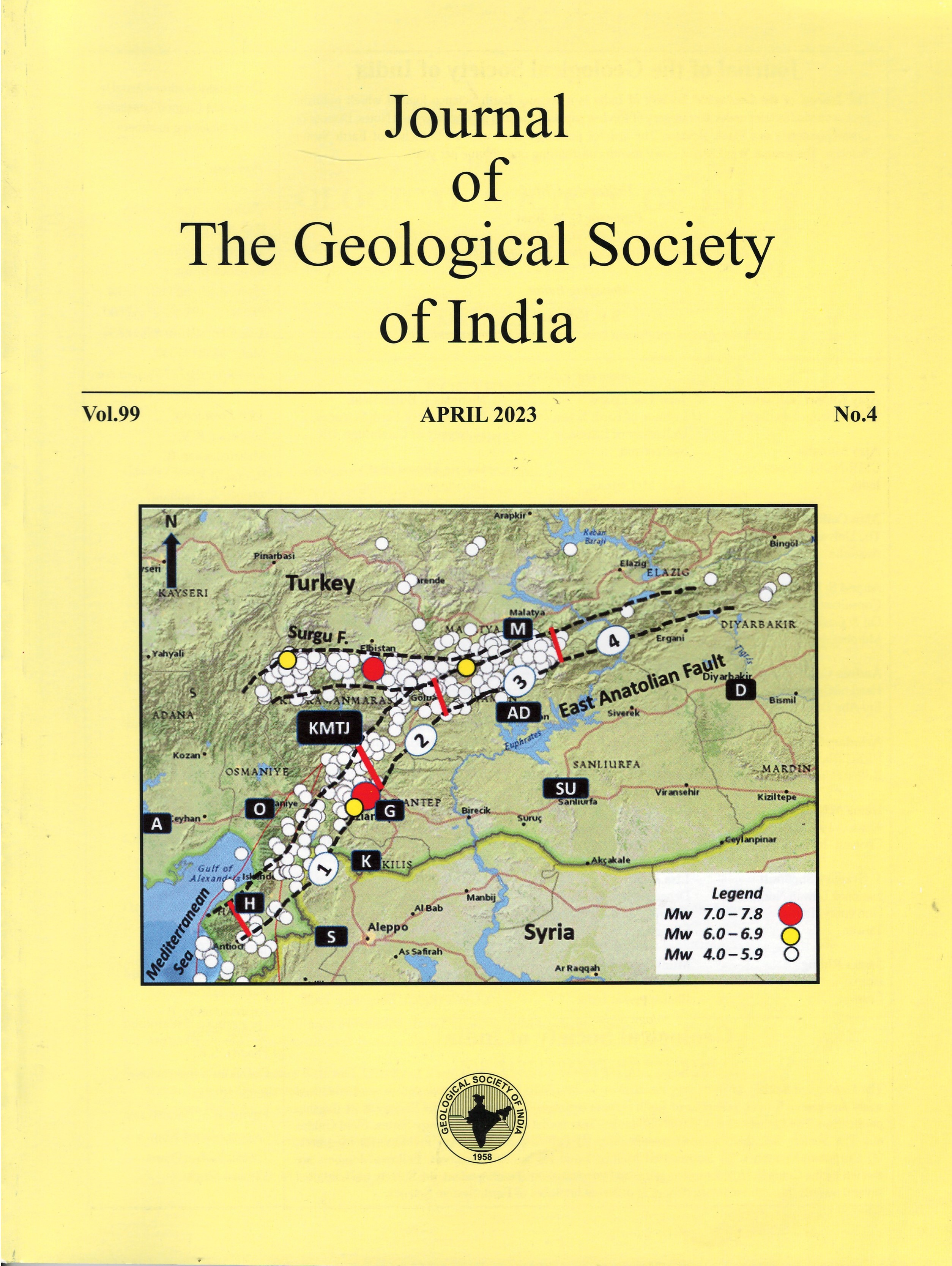A GIS-Based DRASTIC Model for Assessing Groundwater Quality Vulnerability: Case Study of Surat and its Surroundings
DOI:
https://doi.org/10.1007/s12594-023-2347-4Keywords:
No Keywords.Abstract
Groundwater is one of the most important water resources, with varying quality and quantity. It is extremely difficult to recycle contaminated groundwater. As a result, protecting groundwater from contamination is critical. Industrial and municipal wastes, agricultural contamination owing to pesticides and chemical hazards, seawater intrusion in coastal areas, and other factors damage groundwater. The objective of the study is to assess the groundwater quality vulnerability using the DRASTIC model with a geoinformatics approach in Surat and its surroundings. Depth of water, Net recharge, Aquifer, Soil, Topography, Impact of the vadose zone, and Hydraulic conductivity are the parameters to be considered for assessing the vulnerability using the DRASTIC model. In this study, all parameters are weighted by conventional weights. The study shows that almost 53.46% of the total study area is under moderate vulnerability, and 46.54% of the area is under high vulnerability. Olpad, Kamrej, chorasi, Surat city, and the lower part of Bardoli talukas are coming under high vulnerability, whereas other parts are coming under moderate vulnerability. It is observed that the parameters like net recharge, impact of the vadose zone, depth to the water table, and aquifer media are largely affected by high vulnerability. The study delineates groundwater vulnerability in the study area, which can help land-use policies and norms for activities connected to recharge and seepage concerning the current status of groundwater vulnerability and quality. This study helps policymakers and local authorities in taking protective measures for groundwater quality.

 Priyank Patel
Priyank Patel






